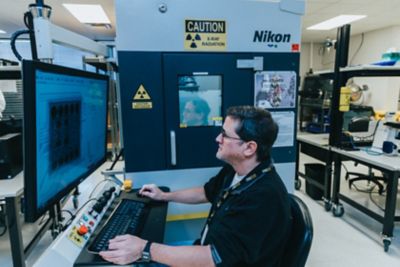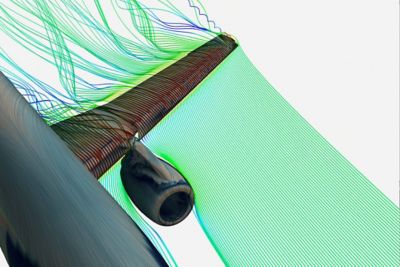Case Study
-
United States -
United Kingdom -
India -
France -
Deutschland -
Italia -
日本 -
대한민국 -
中国 -
台灣
-
-
产品组合
查看所有产品Ansys致力于通过向学生提供免费的仿真工程软件来助力他们获得成功。
-
“The advanced reliability methods available in Ansys optiSLang enable Mercedes-Benz AG to make a safety statement for Level 3 ADAS using scenario-based simulation. Thanks to the efficient and robust methods, the number of necessary traffic simulations could be dramatically reduced in comparison to Monte Carlo Sampling. The Ansys optiSLang postprocessing, with which detailed analyzes of the results could be carried out, should also be emphasized.”
— Maximilian Rasch ADAS validation engineer / Mercedes-Benz AG Zafer
— Kayatas ADAS validation engineer / Mercedes-Benz AG
Introduction
One of the most important current trends in the automotive industry is the development of advanced driver assistance systems (ADAS). Due to the ever-increasing complexity of ADAS, the safety validation of such systems is a major challenge. New methods have to be developed, as the previous certification and approval methods are not suitable for this use case.
Challenges
The required mileage needed to proof the probability of failure of the system is impossible to reach in field operational tests. Therefore, simulation is a key component to find critical scenario characteristics for safety function testing, validation, and even certification of highly automated driving systems. One of the greatest challenges here is the high number of simulations needed for testing, especially for very rare events (logical scenarios with low probability of failure 10^-6).
Engineering Solution
In this Pegasus conform simulation approach for AD Level 3, specific traffic scenarios are parameterized, simulated, and analyzed by a set of criteria. To reduce the parameter space, safety-critical input parameters are determined by applying Ansys optiSLang’s Sensitivity Analysis with surrogate models including neural networks. The probability of failure for each traffic scenario is approximated using advanced reliability analysis methods (e.g., importance sampling) in Ansys optiSLang by using distribution functions for each input parameter.
Benefits
- Reliability analysis methods available in Ansys optiSLang enable Mercedes-Benz AG to reduce the number of concrete scenarios needed to proof a function by a factor of 1000 compared to classical Monte Carlo Sampling.
- Reliability analysis can determine the risk per scenario class even for very low probabilities of failure (10^-9), which is a crucial requirement for certification and impossible with Monte Carlo Sampling.
- With the advanced reliability analysis methods, the time savings is 90% compared to Monte Carlo Sampling.
- This approch contributes the certification of Mercedes-Benz level 3 ADAS as one of the validation pillars.
现在就开始行动吧!
如果您面临工程方面的挑战,我们的团队将随时为您提供帮助。我们拥有丰富的经验并秉持创新承诺,期待与您联系。让我们携手合作,将您的工程挑战转化为价值增长和成功的机遇。欢迎立即联系我们进行交流。










